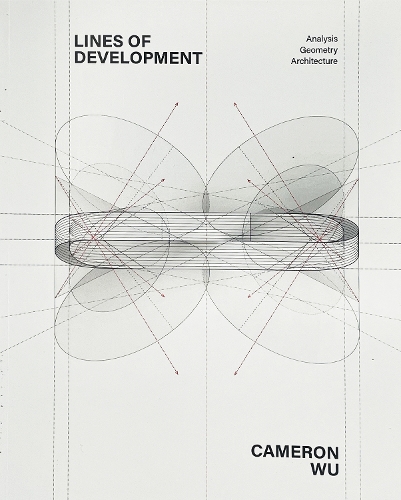
Lines of Development: Analysis, Geometry, Architecture
(Paperback)
Publishing Details
Lines of Development: Analysis, Geometry, Architecture
By (Author) Cameron Wu
Actar Publishers
Actar Publishers
9th September 2025
United States
Classifications
General
Non Fiction
Architecture: professional practice
Teaching of a specific subject
Architecture
Analytic geometry
720
Physical Properties
Paperback
216
Width 200mm, Height 248mm
Description
Lines Of Development traces the history of ruled surface geometries and their relationship to architectural design and practice.
Much attention has been paid to developable surfaces in building technology recently, especially in the area of digital geometric consultancy. The advent of complex forms in contemporary architecture has necessitated the use of developable surfaces to post-rationalize geometries of double curvature for economy and constructability. In lieu of such remedial measures, these forms might serve as the a priori buildings blocks of a new spatial and tectonic language. These surfaces require specific knowledge of their curvature and isometry for successful deployment. They offer productive resistance in terms of how they permute, generating geometric grammars and legible syntaxesattributes necessary to bring their virtues into a discursive frame.
Lines Of Development traces the history of ruled surface geometries and their relationship to architectural design and practice. Theoretical writings describe the intractable presence and mathematical significance of ruled surfaces throughout the history of architecture leading up to contemporary practice. A collection of case studies with analytical drawings and descriptions show how ruled surfaces are used in historical and current precedents. A geometric primer exhibits various combinatory techniques used to produce formal architectural idioms. Finally, a collection of architectural projects exhibits these geometric design techniques.
Author Bio
Cameron Wu is an assistant professor at the Princeton University School of Architecture. He teaches design studios, courses in architectural geometry and representation, and formal analysis. His independent architectural practice engages with typological and formal analysis of historical precedents and on-going research and design with developable and ruled surface geometries. He received his B.S.E. in Civil Engineering from Princeton University and his Master in Architecture degree from Harvard University Graduate School of Design.
